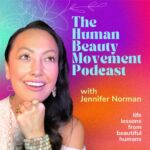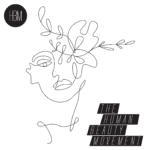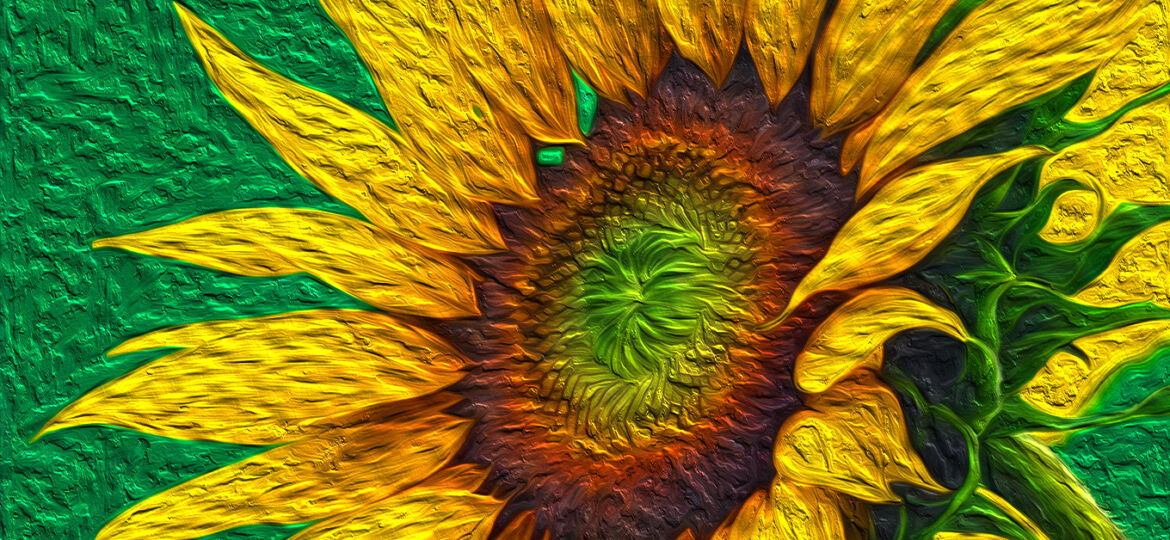
Hidden Disabilities
My cousin Sophie has two children, an elder neurotypical daughter and a younger son who has autism. I’ve heard many a story of how she’d take him places and ask for much-needed special assistance, only to be met with skeptical workers. Cue the judgey glare: “Your son doesn’t look like he has a disability.” She would become frustrated, saddened or angry, having to explain that he may not look like he has a disability, but he does, and is worthy of the establishment’s support.
It took me aback when I learned that about 1 out of 6 people worldwide live with a disability. And of those, up to 80% are living with a non-visible disability – that’s over 1 billion people. Many disabilities are not immediately obvious, and certainly the world has its share of pretenders, so of course it can be hard for some to believe that seemingly able-bodied people truly need help. But invisible disabilities can involve a wide range of physical, cognitive, sensory, or psychological challenges. Here’s a list of some of the more prominent hidden disabilities:
- Chronic Pain: Conditions like fibromyalgia, chronic fatigue syndrome, and certain forms of arthritis can cause ongoing pain that isn’t visible to others.
- Mental Health Disorders: Disorders like anxiety, depression, bipolar disorder, and post-traumatic stress disorder (PTSD) can impact a person’s emotional well-being and cognitive functioning without being visible to the outside world.
- Neurological Conditions: Disorders such as epilepsy, multiple sclerosis, and certain types of migraines can affect neurological functions without manifesting obvious physical symptoms.
- Cognitive Impairments: Conditions like attention deficit hyperactivity disorder (ADHD), learning disabilities, and some forms of autism can impact cognitive processing and behavior.
- Chronic Illnesses: Diseases like Crohn’s disease, lupus, and certain autoimmune disorders can cause ongoing health challenges that are not immediately visible.
- Sensory Impairments: Some forms of visual or auditory impairments may not be apparent to others, as individuals might have adapted coping mechanisms.
- Respiratory Disorders: Conditions like asthma or chronic obstructive pulmonary disease (COPD) can restrict lung function without being visually evident.
- Digestive Disorders: Gastrointestinal conditions like irritable bowel syndrome (IBS) can cause discomfort and disruption to daily life without showing any outward signs.
- Genetic Disorders: Certain genetic conditions might not be visibly apparent but can have a profound impact on an individual’s health and well-being.
- Chronic Headaches: Migraines and tension headaches can be debilitating but not immediately visible to others.
The Hidden Disability Sunflower
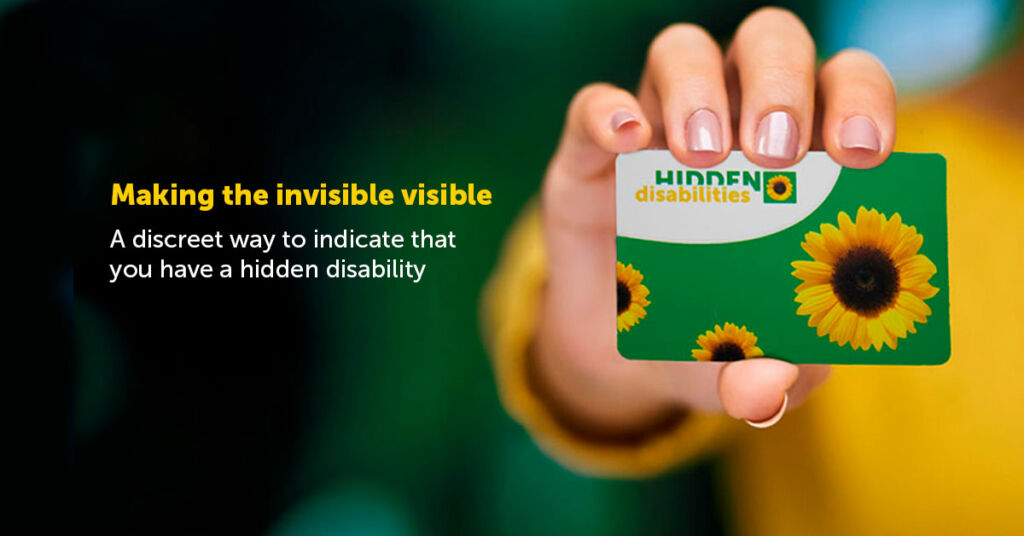
The Hidden Disability Sunflower is a growing international initiative with a mission to aid in the identification and support of individuals with invisible disabilities. The symbol consists of a yellow sunflower against a solid green background. When wearing a sunflower lanyard, lapel pin, or wristband, those with non-apparent disabilities can subtly signal their need for assistance, understanding, or alternative communication methods as they go about their daily lives.
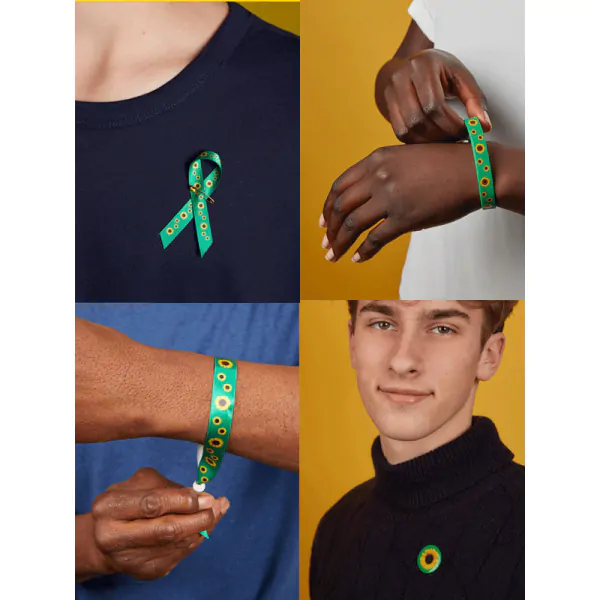
Originating at England’s Gatwick Airport in 2016, the Hidden Disability Sunflower was born to provide a discreet way for people to indicate their hidden disabilities while training staff to recognize and offer them support. This bright, happy, universal icon was designed to serve as a powerful tool for inclusion and understanding, leading to its adoption by numerous organizations and public spaces globally.
Growing Acceptance and Understanding
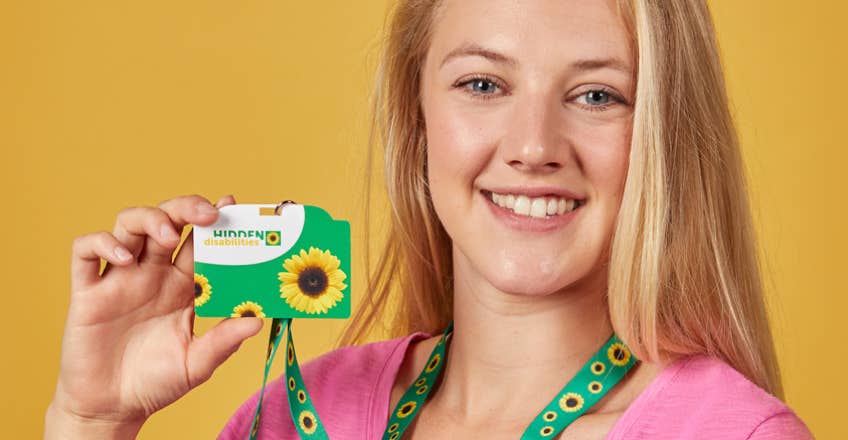
Since its launch, thousands of businesses have joined the global Sunflower network, ranging from retail, travel and tourism, transportation including over 200 airports as well as railway networks, coach and bus services and ferries, education (universities, schools, and colleges), healthcare, central and local government agencies, sports teams, theme parks, theaters and financial institutions. So far, the Sunflower has been launched in Australia, Belgium, Brazil, Canada, Denmark, Ireland, Latin America, the Netherlands, New Zealand, the UK, the UAE and the USA. “I was approaching the gate at Sydney Airport,” stated Fiona Demark, who is legally blind. “The gate attendant saw my green sunflower lanyard and immediately called me up to the front of the line. It’s nice to know that so many businesses are training their staff to know what the Hidden Disability Sunflower means.”
Empowering Individuals with Invisible Disabilities
For those with invisible disabilities, the journey from one point to another can be overwhelming, especially when faced with doubt from others who may not see the disability at first glance. The act of justifying their need for help when their disability isn’t immediately apparent can discourage them from seeking assistance altogether. Alexandra Green, a 29-year-old woman who lives with scoliosis, osteoarthritis and chronic pain, expressed how wearing her sunflower lanyard gives her confidence to ask for help, alleviating the need for constant explanations and dispelling questions about the legitimacy of her condition. Even so, she is reminded that not everyone is aware of the Sunflower symbol when she fails to get a seat on the public metrobus.
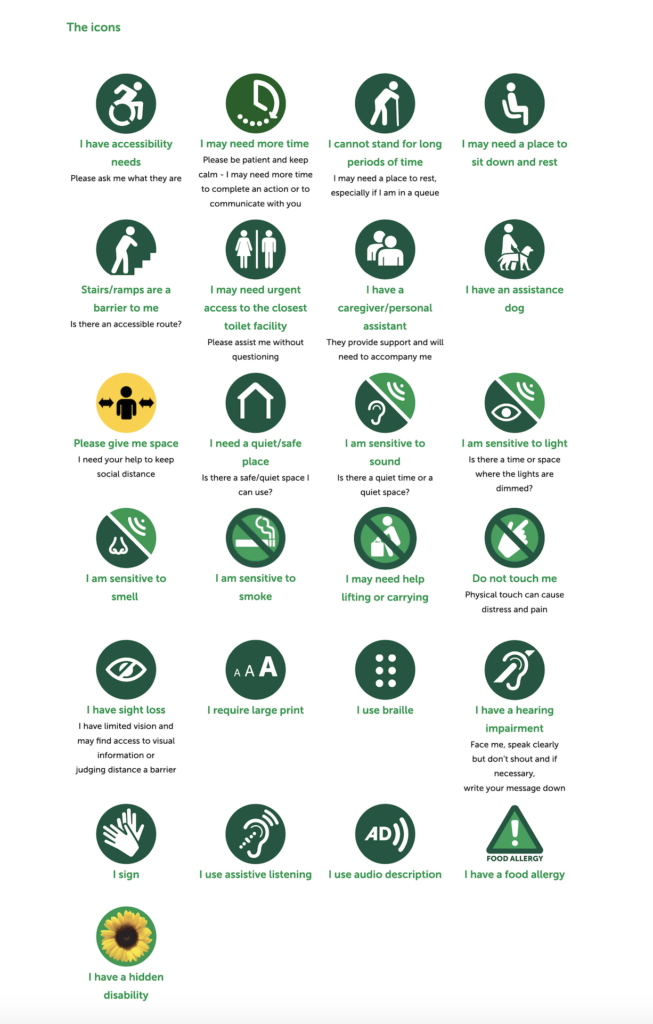
Leading With Kindness and Respect
Some invisible disabilities cause pain or discomfort that can fluctuate from day to day or situation to situation. Alexandra Green suggests that a simple “Do you need any assistance?” can open up a conversation and provide much-needed support. That being said, basic courtesy on a human level is always welcome, disability or otherwise.
- Be kind
- Listen closely
- Have patience
- Don’t judge
- Show respect
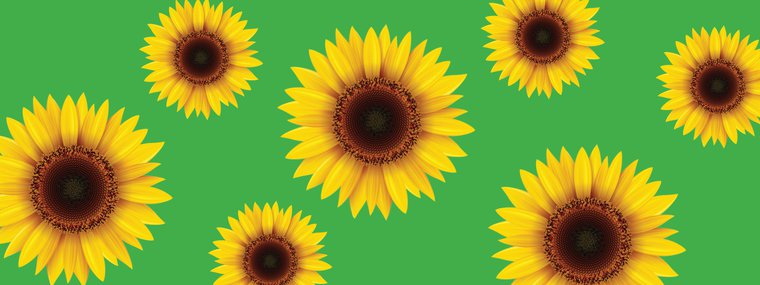
—
Take note that the Hidden Disabilities Sunflower is part of HD Sunflower USA Corp, a private company in the US. Its products are available through the website and registered authorized charities, so don’t buy the products you see on Amazon or eBay, as they are counterfeit.
The Human Beauty Movement is not affiliated with the Hidden Disabilities Sunflower, nor do we receive any commissions from the sale of their products. We are not sponsors, just happy supporters. 🌻
To learn more about the Hidden Disabilities Sunflower, visit https://hdsunflower.com/us.
Like this article? Check out these others:
- Life With Autism and Love on the Spectrum: An Interview With Kaelynn Partlow
- The World Needs More Inclusive Beauty
- A Guide to Inclusivity
- Wellness, Kindness, and The Need for Radically Inclusive Beauty


